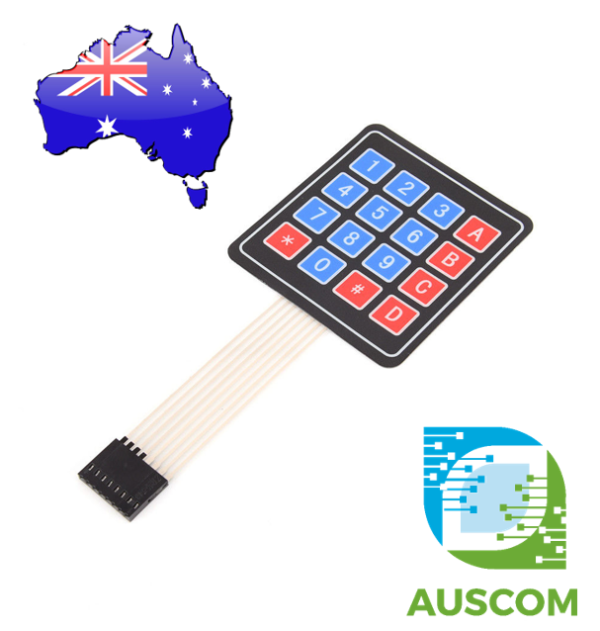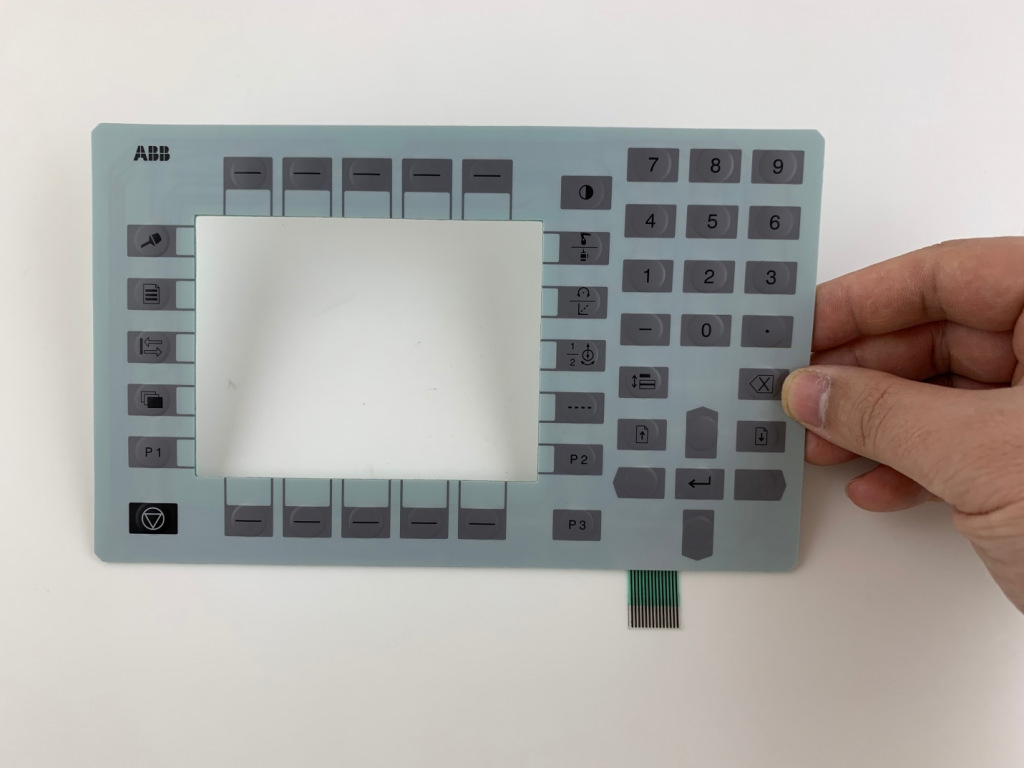Why a Membrane Switch Is Ideal for Industrial and Medical Applications
Why a Membrane Switch Is Ideal for Industrial and Medical Applications
Blog Article
The Benefits of Utilizing Membrane Layer Switches in Consumer Electronics
Membrane layer buttons are increasingly acknowledged for their considerable advantages in consumer electronic devices, especially in improving individual communication and enhancing manufacturing processes. The versatility in design enables for tailored options that fulfill diverse customer requirements.
Enhanced Customer Experience
In today's competitive landscape of customer electronic devices, boosted user experience is vital; nearly 85% of individuals focus on user-friendly user interfaces. Membrane layer changes play a vital role in achieving this degree of use.
The tactile responses supplied by membrane layer buttons is necessary for leading user actions, guaranteeing that commands are registered precisely. This feedback device lessens errors and increases individual satisfaction, cultivating a positive partnership between the device and the individual. The personalized nature of membrane switches enables makers to customize interfaces to details individual demands, making devices more accessible and welcoming.
In addition, membrane layer switches can incorporate backlighting and visuals overlays, additionally boosting presence and usability in varied environments. This flexibility makes certain that devices remain functional and straightforward, despite the setting. In general, the combination of membrane layer switches right into consumer electronic devices significantly improves user experience, driving brand commitment and complete satisfaction in a significantly open market.
Affordable Production
Customer electronic devices producers are constantly looking for means to balance high quality with affordability, and membrane switches use a compelling solution for cost-efficient production. membrane switch. These components are naturally less complex than traditional mechanical switches, which reduces both production expenses and complexity. The light-weight design of membrane layer changes allows for lower delivery costs and much easier integration into small devices, better enhancing their charm in an affordable market

Manufacturers can produce membrane layer switches in high volumes, benefiting from economic climates of range. This mass production capacity ensures consistent quality while considerably reducing per-unit prices. Additionally, the materials used in membrane switches, such as polyester and polycarbonate, are usually less pricey than those required for standard switch technologies, adding to overall price financial savings.
The manufacturing procedure for membrane switches normally requires less steps and much less labor contrasted to various other switch kinds. This structured technique not just saves money on labor costs however also accelerates time-to-market, allowing business to react quickly to customer need. The combination of lowered material costs and reliable manufacturing processes settings membrane switches as a smart financial investment for producers intending to deliver high-quality customer electronics at affordable price points.
Design Versatility and Modification
While standard mechanical buttons frequently impose limitations on style due to their mass and required placing mechanisms, membrane buttons offer unparalleled adaptability and customization options for customer electronics. This cutting-edge innovation enables developers to produce smooth, low-profile user interfaces that can flawlessly incorporate right into numerous product aesthetics, from smart devices to kitchen home appliances.
Membrane layer buttons can be created in essentially any type of shape or dimension, allowing producers to customize the layout to specific ergonomic and practical needs. This versatility not only improves user experience however also permits artistic styles that line up with brand name identification. The use of published graphics on link membrane switches supplies the chance for detailed styles and dynamic colors, which can be conveniently modified without considerable cost effects.
In addition, membrane buttons can incorporate several functionalities right into a solitary layer, lowering the requirement for numerous parts and simplifying assembly procedures. This streamlined layout strategy minimizes space and weight, making it ideal for small consumer electronics. Overall, the style adaptability and customization capabilities of membrane layer switches empower suppliers to introduce, ultimately resulting in even more engaging and straightforward products.
Durability and Reliability
As modern technology continues to evolve, the toughness and integrity of membrane buttons have actually come to be crucial considerations for suppliers in the consumer electronic devices industry. Membrane buttons are developed to hold up against harsh ecological problems, consisting of temperature level fluctuations, moisture, and dirt exposure. Their durable building typically entails multi-layered products that supply an efficient obstacle versus contaminants, making certain long life and consistent performance.
In enhancement to environmental resistance, membrane layer switches offer superior mechanical reliability. Unlike traditional mechanical buttons, which might use out gradually, membrane layer switches use a covered design that reduces the threat of mechanical failure. The lack of relocating components not only improves their lifespan but additionally minimizes wear and tear, making them optimal for high-usage applications.
In addition, membrane layer switches can endure a significant variety of actuations without loss of functionality, often surpassing numerous cycles (membrane switch). This longevity converts to decrease substitute prices and reduced downtime for suppliers and consumers alike. On the whole, the combination of environmental strength and mechanical reliability makes membrane layer switches over a strategic choice for customer electronic devices, guaranteeing view that tools continue to be effective and functional throughout their desired lifespan

Streamlined Item Advancement
The longevity and dependability of membrane layer switches significantly contribute to streamlined item advancement in the consumer electronic devices market. By integrating these buttons early in the style procedure, producers can reduce the complexity and number of components needed in their items. Membrane buttons are compact and light-weight, enabling for much more efficient area usage within gadgets, which can bring about simplified setting up processes.

The simplicity of producing membrane layer switches also plays a critical function in product development. With modern-day printing techniques and materials, manufacturing can be scaled effectively, reducing lead times and reducing waste. This results in reduced manufacturing expenses, enhancing general earnings.

Conclusion
In conclusion, membrane switches considerably enhance consumer electronics by giving an improved user experience, affordable manufacturing processes, and flexible style choices. The combination of membrane layer changes represents a critical option for manufacturers looking for to maximize item style and performance.
Membrane switches are increasingly recognized for their significant advantages in customer electronics, particularly in boosting individual interaction and improving production processes. Furthermore, the materials made use of in membrane layer switches, such as polyester and polycarbonate, are frequently much less costly than those required for traditional switch technologies, contributing to overall cost savings.
The production procedure for membrane switches over usually requires fewer useful site actions and much less labor compared to various other switch types. Unlike conventional mechanical switches, which may wear out over time, membrane layer switches use a sealed style that reduces the threat of mechanical failure.In conclusion, membrane switches over significantly improve customer electronic devices by providing an enhanced individual experience, affordable production processes, and versatile layout choices.
Report this page